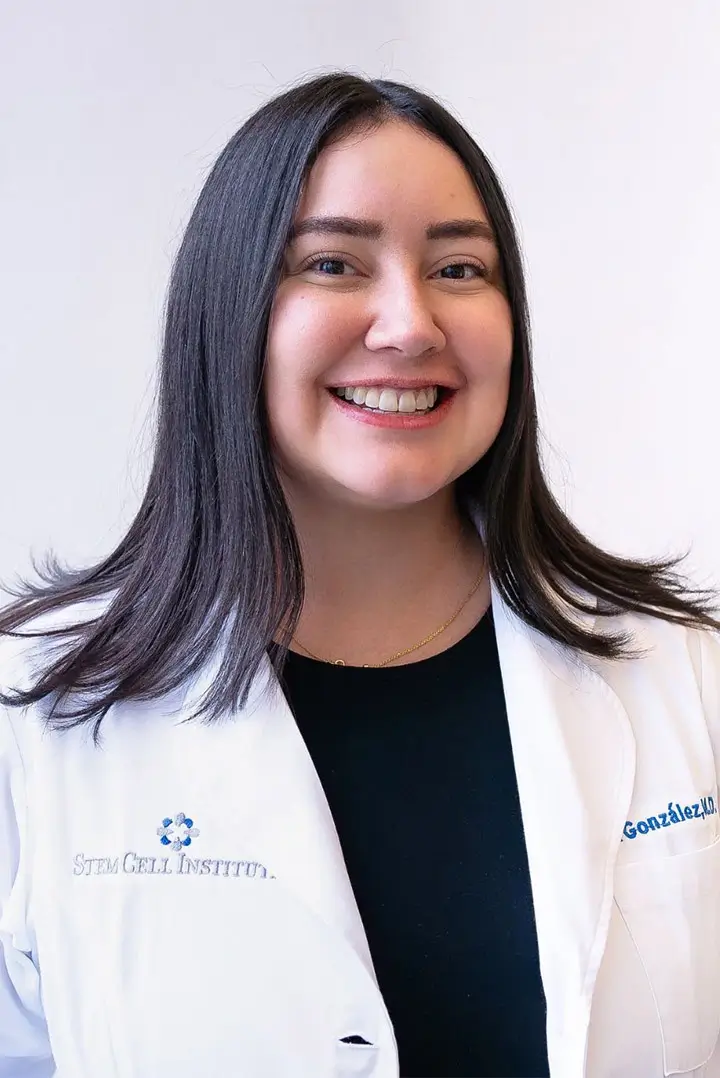Nakano-Doi et al. Stem Cells 28(7):1292-302. May 2011
Scientists from the Institute for Advanced Medical Sciences of Hyogo, Japan have announced new research findings suggesting that bone marrow stem cells may be useful in the treatment of stroke. Although other scientists have previously demonstrated similar findings, including in patients, (Suárez-Monteagudo et al. Restor Neurol Neurosci. 2009;27(3):151-61), what is astonishing about the current work is that an actual biological mechanism by which the stem cells are functioning is proposed.
In the paper Nakano-Doi et al. Bone marrow mononuclear cells promote proliferation of endogenous neural stem cells through vascular niches after cerebral infarction. Stem Cells 28(7):1292-302. May 2011, the scientists induced stroke in mice by tying up the middle cerebral artery. This causes damage to approximately the same area that gets damaged in humans who have a stroke. Two days after inducing this “artificial stroke”, the scientists injected the mice with 1 million bone marrow mononuclear cells (BMMC). These cells are the same cells that are used in bone marrow transplantation, they are not expanded or manipulated stem cells, just cells from the bone marrow that have been depleted of red blood cells. In other mice the scientists injected a control solution of phosphate buffered saline. All injections were performed intravenously.
The injected bone marrow cells were found to accumulate near the area of brain injury. Blood vessel cells, termed endothelial cells, were found to start multiplying near the area of injury in animals that received BMMC but not control animals. Multiplication of endothelial cells is viewed as a sign of new blood vessel formation, called “angiogenesis”. The process of angiogenesis is usually involved in healing of tissue, or generation of new tissue to replace damaged tissue. Thus this suggests that the stem cells from the BMMC may be triggering the cellular microenvironment surrounding the brain tissue to start proliferating.
Indeed if the BMMC are stimulating a repair process, the next question is whether the BMMC are themselves forming new neural tissue, or if they are producing factors that stimulate resident stem cells in the brain to produce new brain tissue. When the investigators assessed the multiplication of endogenous brain stem cells, they found that these cells started to multiply. Furthermore, they found that multiplication of the endogenous brain stem cells is actually dependent on angiogenesis. Specifically, when the angiogenesis blocking molecule endostatin was given to mice that had received BMMC, the endogenous brain stem cells did not multiple. Multiplication of these cells was associated with functional recovery of the animals as assessed by behavioural testing.
There are several “closed system” devices that allow for the harvesting of the bone marrow, isolation of BMMC and reimplantation. The fact that this study shows intravenous injection of BMMC induces some therapeutic benefit should trigger further investigations in the clinical setting. Previously it was required to have a fully equipped laboratory to perform such clinical trials. Now devices like Harvest Technology’s BMAC system, Arteriocyte’s Magellan System, or Bio-Met’s GPS system all should facilitate doctors to perform such clinical experiments.
How Bone Marrow Stem Cells Help in Stroke Recovery

Reviewed By:
Diana Gonzalez, M.D.
Staff Physician
Dr. Gonzalez, passionate about regenerative medicine, earned her medical degree from Universidad Latina de Panamá. She holds life support certifications and has experience in emergency and primary care, including a vascular surgery rotation in Germany.
